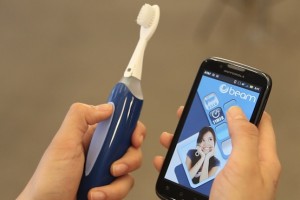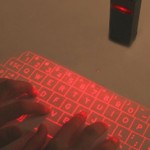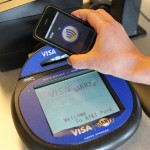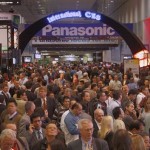 A taxi driver laughed at me as I dodged traffic to run to his vehicle, pulling behind me a small suitcase with a laptop bag that was hanging off to one side, plus one phone in each hand. “Those things have created this non-stop society,” he declared. He is right.
A taxi driver laughed at me as I dodged traffic to run to his vehicle, pulling behind me a small suitcase with a laptop bag that was hanging off to one side, plus one phone in each hand. “Those things have created this non-stop society,” he declared. He is right.
We are always switched on, trying to do more in less time. It makes me laugh how the red light of a Blackberry or the ringtone from an iPhone makes people suddenly jump to action, obsessively responding to the latest message. People wait at the ready the moment a plane’s wheels touch down to sigh with relief as they are happily reconnected.
Head of Ariadne Capital Julie Meyer once said society operates at 2 speeds: start-up and history. I agree, but will we ever get control of it? One major UK consultancy has banned employees from sending internal email on a Friday, but we are caught in a circle of connectivity from which we cannot extricate ourselves.
At a key client meeting this week, the chair asked for a short break. Most people just dropped their heads into their devices and emailed the entire time. One person took out an old Nokia Lumia phone, which sent the group into raptures.
FT columnist Gillian Tett recently wrote, “The challenge of the cyber revolution is that the pace of change is so fast that few pundits have good answers about how institutions – let alone societies – can adapt.” She was referring to the changing face of employment, but it applies across the board. We all just run with it. Nobody knows how to manage it appropriately.
In the end, I had to ask the taxi driver for his advice. He looked so calm, despite having to make his living driving bumper to bumper in London’s traffic. “I just handle it day by day,” he said, “one action at a time”.






